Groundwater

A WHOI researcher collects data about groundwater discharge into Waquoit Bay, Mass. (Photo by Tom Kleindinst, Woods Hole Oceanographic Institution)
Groundwater is water that exists underground in the spaces between grains of sand or gravel or in the cracks and fractures in solid rock.
More than 50 percent of the people in the United States, including almost everyone who lives in rural areas, use ground water for drinking and other household uses. Ground water is also used in some way by about 75 percent of cities and by many factories. The largest use of ground water is to irrigate crops.
Groundwater is also an important part of the global water cycle, and a sizeable portion of it eventually finds its way to the ocean. On its way, groundwater dissolves minerals, nutrients, and pollutants, carrying them along for the ride. Scientists study groundwater to understand the composition of materials underground and the nature of chemical reactions that occur there.
News Releases
Researchers Find Substantial Amount of Mercury Entering the Ocean through Groundwater
Freshwater and Saltwater Interactions in Coastal Groundwater Systems May Provide Clues to Chemicals Entering Coastal Waters
[ ALL ]
WHOI in the News
Siders pond: A window into Falmouth’s future
[ ALL ]
From Oceanus Magazine
The climate won’t wait
MIT-WHOI Joint Program student Emma Bullock talks Arctic research in an age of climate change and international disputes
Back to Bikini
WHOI scientists returned to the Pacific islands of Bikini and Enewetak in 2015 to study radioactive contamination nearly 70 years after the U.S. used the islands for nuclear weapons testing. What they learned could also be applied to a more recent nuclear disaster: the 2011 Fukushima Daiichi reactor meltdown in Japan.


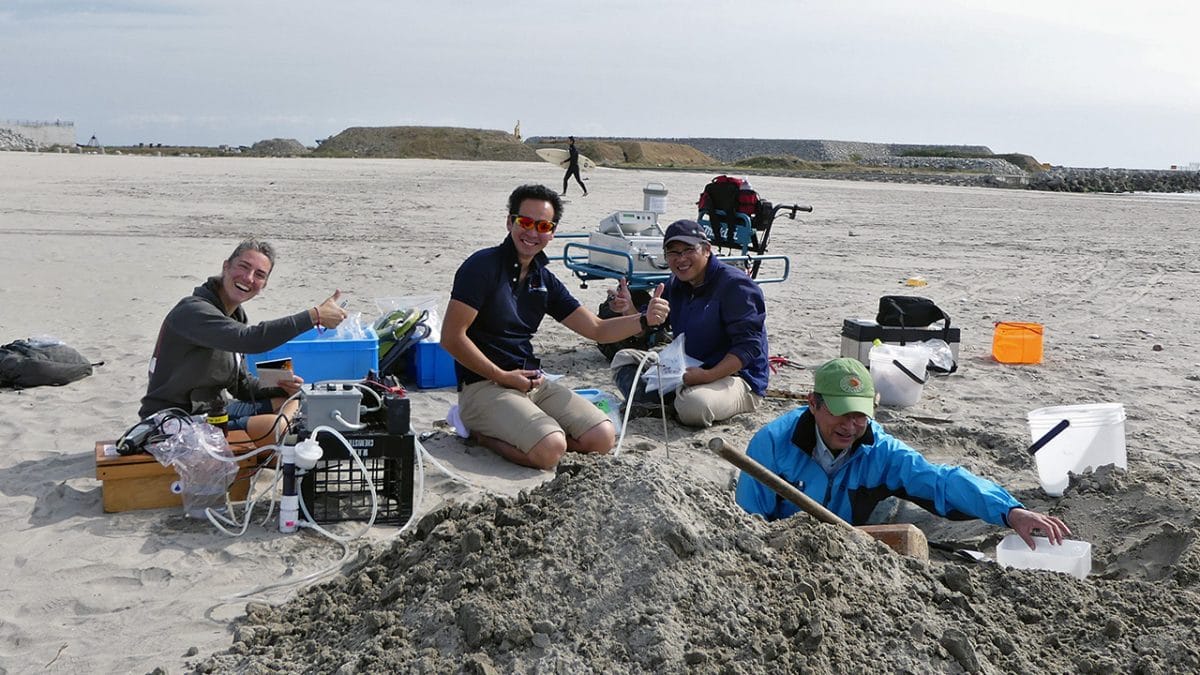
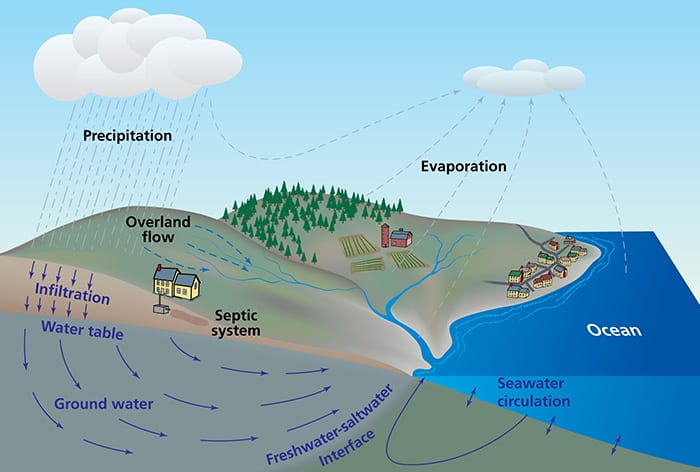
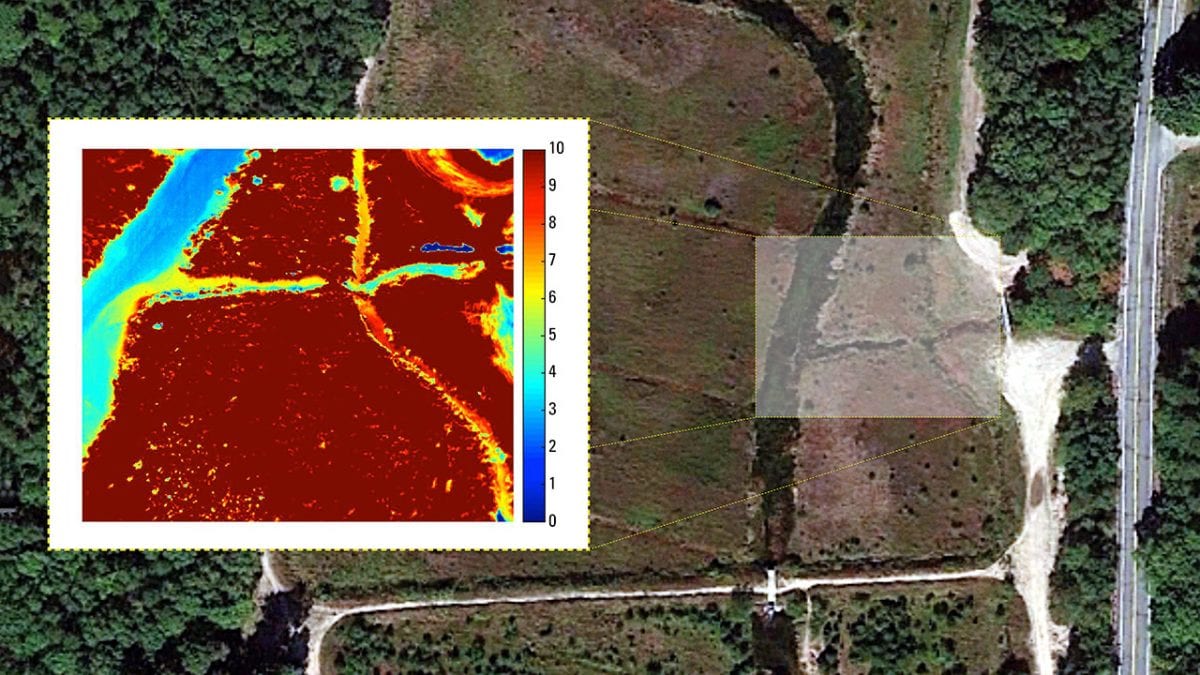
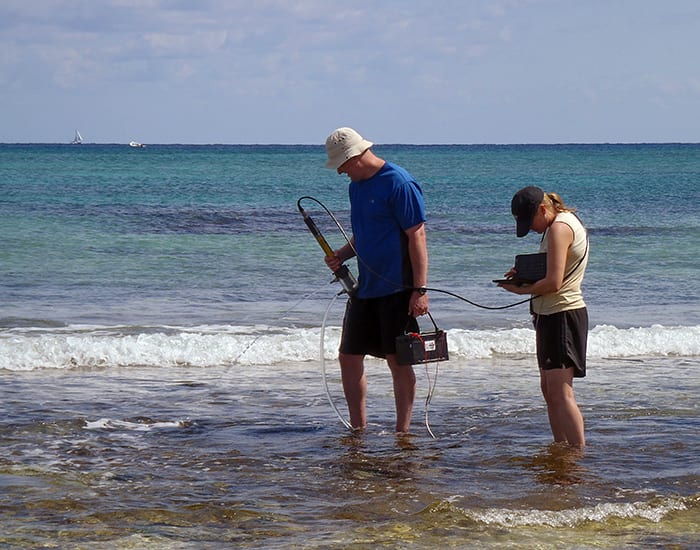
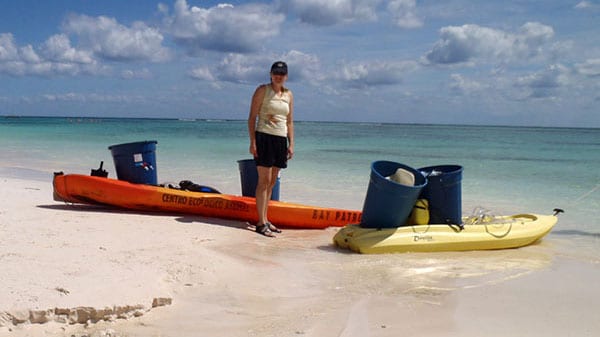
 Changing Shorelines & Erosion
Changing Shorelines & Erosion 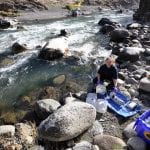 Rivers, Estuaries, & Deltas
Rivers, Estuaries, & Deltas